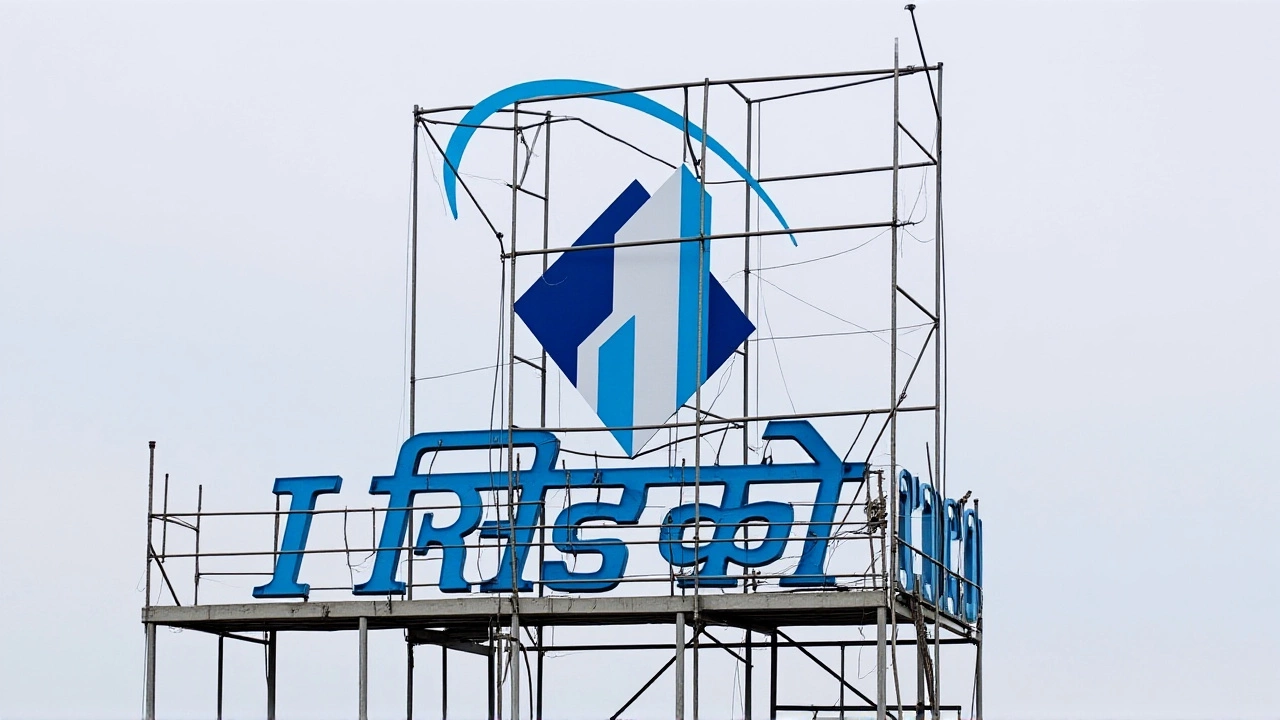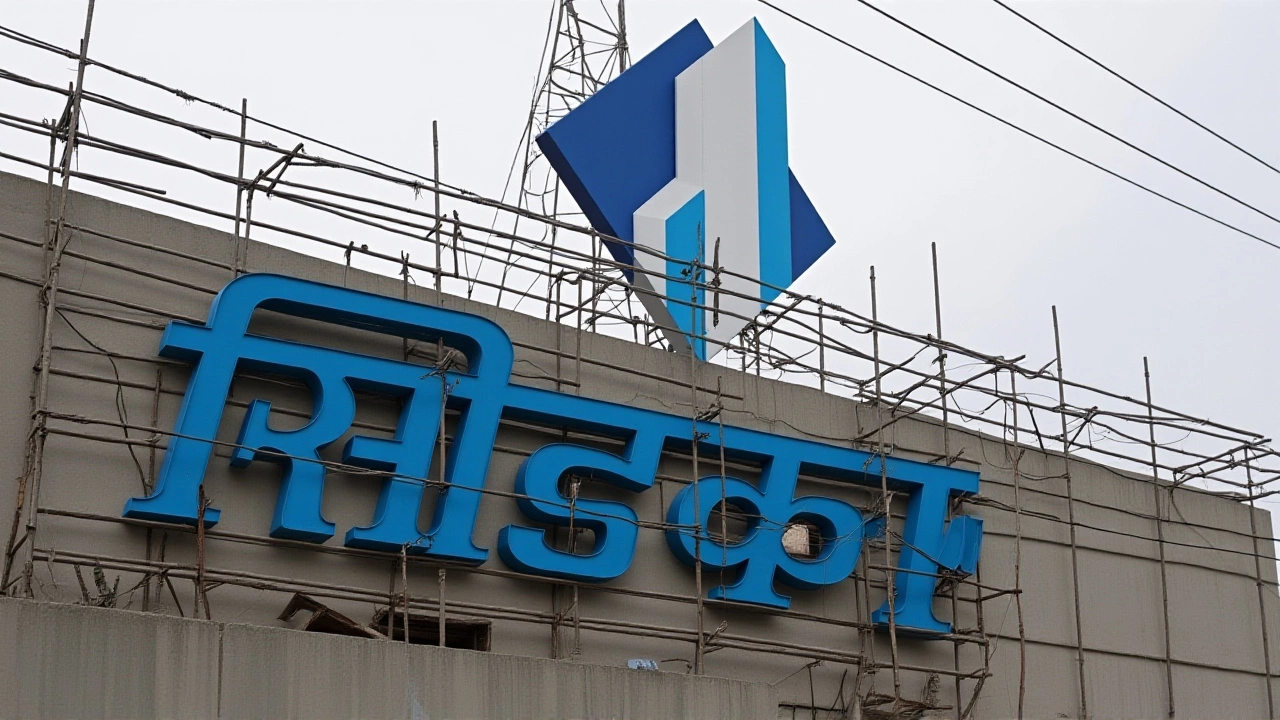
On the eve of Ganesh Utsav, the CIDCO — the City and Industrial Development Corporation of Maharashtra Limited — dropped a major surprise: a lottery for 4,158 affordable homes across Navi Mumbai. No grand ceremony. No press conference. Just a quiet announcement, timed like clockwork with the festival, as if the god of new beginnings had blessed the city’s housing dreams. The move, framed by local media as ‘a big gift to the people,’ isn’t charity. It’s strategy. And it’s working.
The Numbers That Matter
Exactly 4,158 homes. Not 4,000. Not ‘about 4,200.’ The number is precise. And so are the details: applications close on 4 October, the draw happens on 19 October, and the starting price? ₹21.71 lakh — or ₹2,171,000 — before taxes and registration fees. That’s not luxury. That’s a lifeline. In a city where even a 1BHK in Kharghar can cost over ₹70 lakh, these units are a rare exception. The homes are spread across four established nodes: Kharghar, Kalamboli, Dronagiri, and Taloja. All are well-connected, transit-served, and part of CIDCO’s original 1970s master plan for Navi Mumbai — a planned city built to ease Mumbai’s bursting seams.
But here’s the twist: no one’s saying who qualifies. No income cap. No reservation details. No mention of whether first-time buyers or families with children get priority. That’s unusual. Compare this to CIDCO’s Diwali lottery last month — 7,849 homes near the airport — where officials explicitly stated the initiative targeted ‘economically weaker sections.’ This one? Silence. Maybe the rules are the same. Maybe they’re different. The lack of clarity leaves thousands wondering: Am I eligible? Will I even get a chance?
Festival Timing Isn’t Coincidence
CIDCO doesn’t just announce housing. It times it. Like a master conductor. Diwali? Big lottery. Ganesh Utsav? Another. Why? Because festivals aren’t just religious events — they’re cultural inflection points. People are hopeful. Families are together. The mood is open to generosity. And CIDCO, as a statutory body under the Maharashtra Regional and Town Planning Act, 1966, knows it.
This isn’t the first time. In 2022, CIDCO gave away 6,200 homes ahead of Diwali. In 2021, 5,500 before Ganeshotsav. The pattern is clear: use cultural momentum to amplify public goodwill, while quietly advancing urban equity. The Diwali announcement was loud. Media covered it. Politicians praised it. This one? Quiet. But no less significant. The 4,158 homes are spread across nodes that already have schools, hospitals, and metro access. This isn’t far-flung land. These are places people already live — or desperately want to.

Who’s Really Benefiting?
Let’s be real: ₹21.71 lakh is still a lot. For a daily wage worker earning ₹400 a day, that’s over 13 years of income — before interest. But for a middle-class family with two incomes, a steady job, and a little saved, it’s achievable. Especially with the government’s Pradhan Mantri Awas Yojana subsidies, which CIDCO often layers onto these lotteries. The problem? No one’s confirmed if PMAY is even part of this bundle. That’s the gap.
What we do know: Kharghar and Kalamboli are already saturated with middle-income residents. Dronagiri and Taloja? More industrial, more affordable, more aspirational. If you’re a nurse, a teacher, a government clerk, or a small business owner in Mumbai — and you’ve been renting for a decade — this lottery could be your first shot at ownership. No wonder applications are already flooding in. Even the website indiangovtscheme.com, which usually tracks ration cards and welfare schemes, picked up the headline. That’s how big this feels.
What Happens After 19 October?
The draw is just the beginning. Winners get a letter. Then, a 30-day window to submit documents: income proof, ID, address, bank details. Then, a down payment. Then, EMIs. But here’s the catch: no one’s said when they’ll get the keys. Construction status? Unspecified. Possession timeline? Not mentioned. Are these under construction? Ready to move in? Or still on paper? That’s the big question.
CIDCO’s track record is mixed. Some projects — like those in Vashi — are delivered on time. Others? Delayed for years. In 2020, over 1,200 families waited 5 years for homes promised in a 2015 lottery. That’s the shadow hanging over this one. People are hopeful. But they’re not naive.

The Bigger Picture
Navi Mumbai was born in 1970 to relieve pressure on Mumbai. Today, it’s home to 11 million people. And still growing. CIDCO, created under the City and Industrial Development Corporation Act, 1971, was meant to be the architect of equity. But over decades, land prices soared. Middle-class families got squeezed out. This lottery? It’s a corrective. A reminder that public agencies still have the power — and the duty — to build for the many, not just the few.
It’s also a signal. If CIDCO can deliver 4,158 homes in a single draw, why not 10,000 next year? Why not tie this to a broader housing trust? The real test isn’t the draw. It’s what comes after.
Frequently Asked Questions
Who is eligible to apply for these CIDCO homes?
CIDCO has not released official eligibility criteria for this lottery, unlike its Diwali initiative which explicitly prioritized economically weaker sections. Applicants are likely expected to be Indian citizens, residents of Navi Mumbai or Mumbai Metropolitan Region, and not own another residential property. However, income limits, age restrictions, or reservation policies have not been disclosed, leaving many potential applicants uncertain.
What’s included in a ₹21.71 lakh home?
The exact size, layout, or amenities aren’t specified. Based on past CIDCO projects, these are likely 1BHK or 2BHK units ranging from 400 to 600 sq. ft., with basic finishes — ceramic tiles, modular kitchens, and standard plumbing. Electricity, water, and sewage connections are included, but parking, lifts, or clubhouse access may vary by location. Buyers should expect no luxury fittings at this price point.
How will the lottery draw work?
The draw on 19 October will be conducted electronically by CIDCO, likely in the presence of an independent observer. All verified applications will be entered into a randomized system, with winners selected by computer algorithm. Results will be published on CIDCO’s official website and sent via SMS/email. There will be no physical draw or public event, and the process is designed to prevent manipulation.
Can I apply if I already own a plot or commercial property?
While not explicitly stated, CIDCO’s previous lotteries have barred applicants who own any residential property in India. Owning a commercial plot or land typically doesn’t disqualify you — but owning even a small flat or house in Mumbai, Navi Mumbai, or Thane likely will. Applicants must declare all property holdings, and false declarations can lead to disqualification or legal action.
What if I win but can’t afford the down payment?
Winners must pay a 10–15% down payment within 30 days of notification. If they can’t, they forfeit the unit. CIDCO hasn’t confirmed if home loans are pre-approved through partner banks, though in past lotteries, banks like SBI and HDFC offered special rates. Applicants are advised to get pre-qualified for a home loan before applying, as delays in financing have led to many losing their units in the past.
When will the homes be ready for possession?
Possession timelines are not stated in any official source. Given the timing of the announcement and the locations involved — all established nodes — it’s likely these are either under construction or nearing completion. If construction has begun, possession could be expected within 12–18 months. If still in planning, it may take 2–3 years. Buyers should treat this as a long-term investment, not an immediate move-in opportunity.
